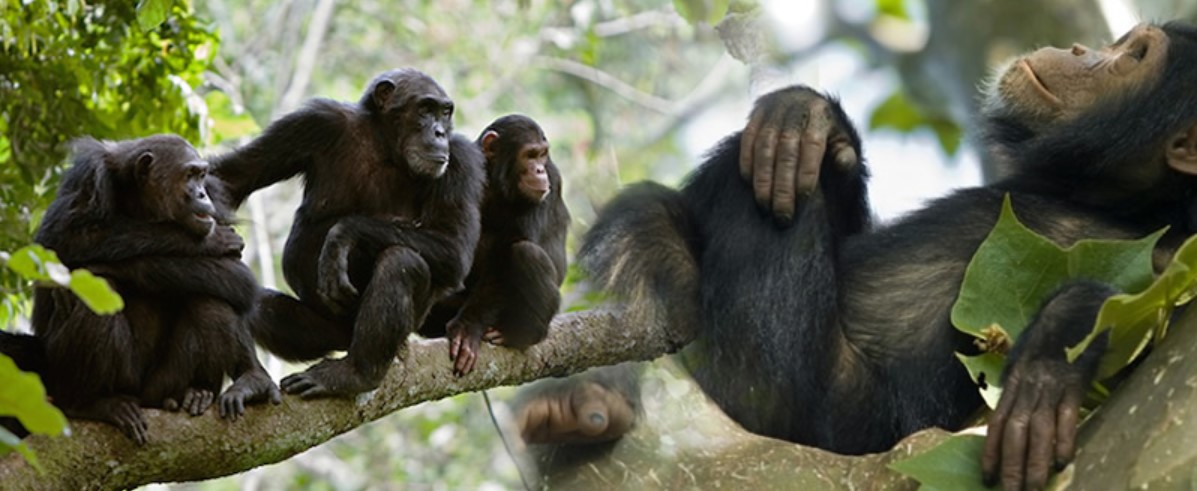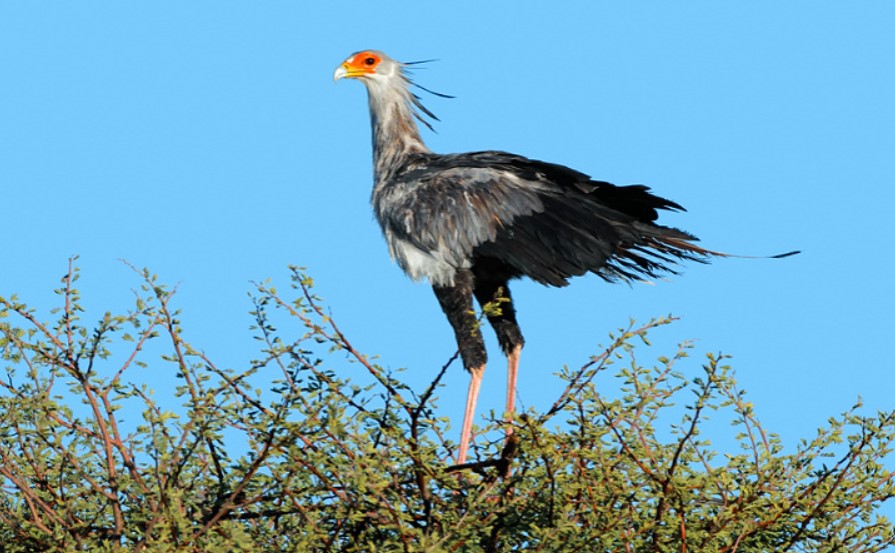
Gishwati-Mukura National Park is the new addition on the list of Rwanda making it four National Parks now. The Park was established in 2015 as a result of joining both Mukura and the Gishwati forests. This move was made to preserve and protect these forests, which shelter the chimpanzees inside.
Gishwati-Mukura National Park is home to many animal species, including golden monkeys, blue monkeys, L’hoest monkeys, and other primates. This forest almost went into extinction, and this was after the genocide that cleared most of the parts of the park.
Most of the people used the forest to build their homes and others to do the farming, which made the life of the chimpanzees very hard and their habitats almost destroyed.
To restore the forest, the government embarked on proper sensitization and also got into partnership with the wildlife safaris to ensure that they protect the forest and restore the forest that was lost through afforestation, sensitization of the public, and stopping all forms of encroachment. As a result, they turned it into a high-ecotourism site.
The government worked well with the wild safaris to introduce the chimpanzees within the park, and this made primate tracking and bird watching possible within the park. This is a successful conservation story that other struggling countries can learn from.
The forest corridors between the two forests, as well as the Nyungwe forest, have been repaired. Gishwati-Mukura National Park is a great place to go if you want to see something new. You’ll be able to track chimps, go birding, meet the locals, and participate in a ground-breaking eco-tourism project.
The government’s and development partners’ efforts are obvious. The Gishwati forest has expanded by 68% in size. Illegal logging of forest resources has nearly disappeared, and the chimpanzee population has dwindled to around 35 individuals. Both forests have been recovered, and a tree-lined buffer zone has been established, as well as various local cooperatives to incorporate the community into park decision-making.
Most of the chimpanzees were lost in these forests as a result of human activities. But with government support to improve the efforts, the chimpanzees have been consistently improving and the population has started improving. The habituation process guarantees that they are no longer fearful of humans, allowing them to live among them. Gishwati-Mukura is quickly establishing itself as a popular place for chimp trekking in Rwanda.
Like all park events, chimp tracking begins with a briefing from the park headquarters on the activity, expectations, and what to bring. Visitors are almost expected to come across other forest species such as wild cats, duikers, and forest birds while tracking the primates.
This offers the best hiking experience in the whole of Africa, and the trail provides the visitors with outstanding views of Lake Kivu and then runs through the Nyungwe Forest. This trail passes close to Gishwati-Mukura National Park and you will explore all of the rural community, which is very interesting.
To promote the park as a high-end eco-tourism destination, the park management collaborates closely with the local communities. With that aim, the park hosts a variety of cultural events that help the community while also allowing tourists to learn about the local culture. In Gishwati, cultural exchanges take the form of trips to local villages or individual homesteads.
Alternatively, you can go see a local cultural performance, such as a dance, play, singing, or storytelling. If you’re feeling more daring, pay a visit to one of the traditional healers and learn how herbs are harvested from the trees and used to treat common human problems. The Rwanda Development Board has partnered with the Great Ape Trust to fund ethnic dances, theater, and local art.
Gishwati-Mukura National Park is one of Rwanda’s top bird-watching spots. The park has over 83 species, including 15 that are only found in the Albertine Rift, such as the Grey Crowned Crane, Martial Eagle, Mountain Yellow Warblers, Purple-breasted Sunbird, Red-throated Alethe, Regal Sunbird, Ruwenzori Batis, Ruwenzori Turaco, Weaver birds, wood hoopoes, strange weavers, and Stripe-breasted Tit. Because the park is small, birding can be done on foot.

The park authorities have created several routes that allow visitors to investigate the forest’s inner workings. On a nature walk at the Gishwati Mukura National Park, you will be able to experience the natural beauty of the forest and its inhabitants, such as butterflies, chameleons, insects, birds, and primates, while on a nature walk.
The tranquility of the forest, punctuated by lovely bird and primate calls, will fascinate you. Bamboos, ferns, Macaranga kilimand, mahogany, and orchids are among the more than 60 tree species found here. Some other species have also been introduced into the forest, and these include the Macaranga, Plyscias fulva, and Dobeya torrida. You will be engaged in the trail that leads you to Kazeneza waterfall, which is found in the middle of the park.
As previously stated, the park is located in the country’s westernmost province, between the Volcanoes and Nyungwe Forest National Parks. The distance between the Volcanoes National Park and the park is merely 27 kilometers. By road or chattered airplane, the park is very easily accessible from Kigali. The park is about 45 minutes away via a chartered airplane.
By road, the distance from Kigali is approximately 84 kilometers, which can be covered in 2 to 3 hours. The distance from Rubavu is around 54 kilometers. This is a very interesting safari destination, so please come and enjoy the best safari destination.